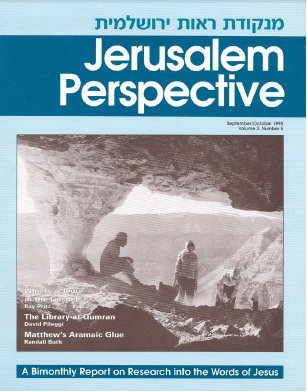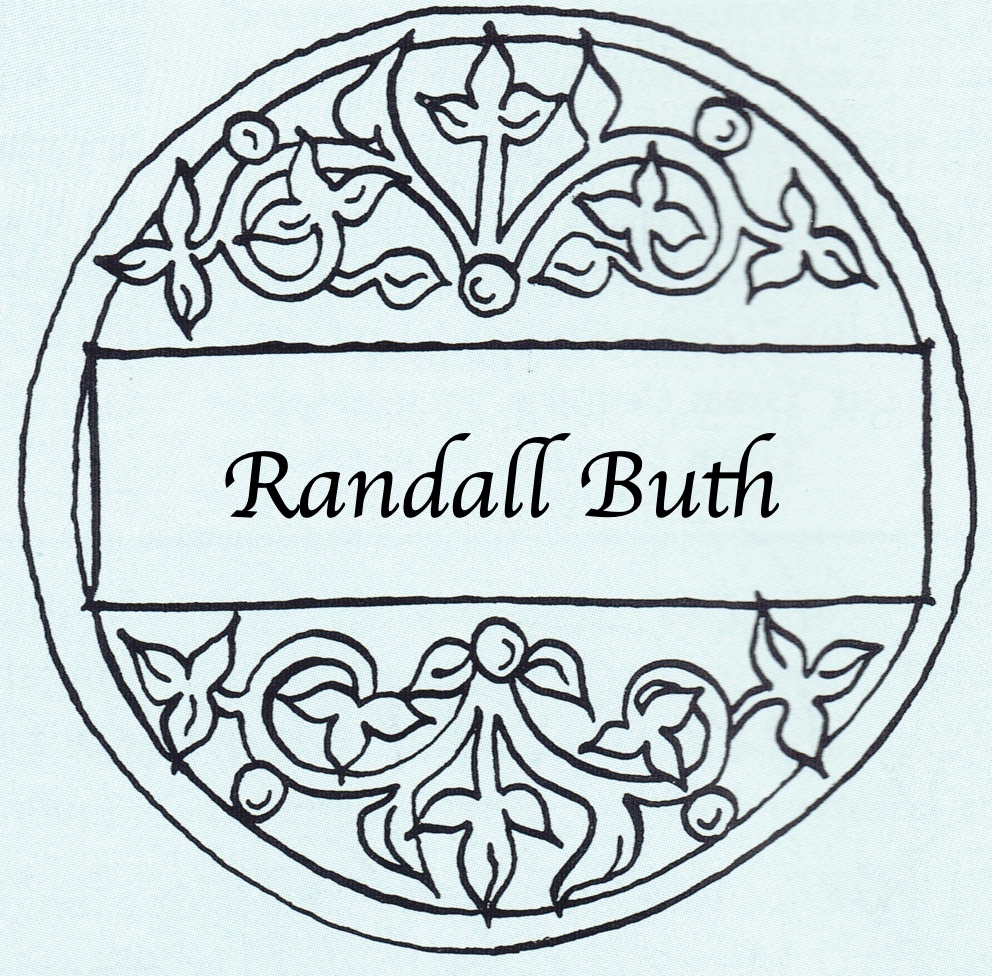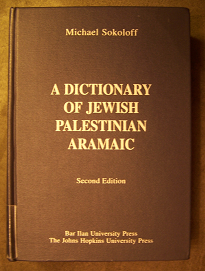From the third to the seventh century A.D., the Jews of Palestine used Aramaic as their primary spoken and written language. This dialect has been of considerable interest to Christian scholars, and some have argued that it is the closest dialect to the Aramaic which Jesus would have spoken.
Hebrew was used in the first century both in a colloquial form, close to what is found in the Mishnah, as well as in a literary form, close to what is found in the Hebrew documents discovered at Qumran. There is some evidence to suggest that Aramaic was also used with two different “registers,” a literary dialect and a colloquial dialect. The colloquial Aramaic dialect is probably best represented in the Jewish Palestinian Aramaic (JPA) of the Palestinian Talmud and Midrashic stories. Whether Jesus taught mainly in Hebrew or in Aramaic, the dialect of Jewish Palestinian Aramaic recorded in post-Mishnaic sources is a major cultural and linguistic storehouse for our knowledge of New Testament times.
Professor Sokoloff’s Dictionary of Jewish Palestinian Aramaic of the Byzantine Period limits itself to the best and most reliable sources of JPA, and thus has excluded Targums Onkelos, Jonathan and Pseudo-Jonathan. Sokoloff felt it would be better to rely only on definite Palestinian Targums like Targum Neofiti and the fragmentary Jerusalem Targums. Along with these, the base texts for the dictionary include some inscriptions from the period, the Amoraic haggadic midrashim, the Palestinian Talmud, all known poetry from the period, amulet-charm texts and marriage documents. For each document that is included in the corpus of JPA, Sokoloff bases all his research and his working concordance on the best manuscripts rather than the printed editions. This alone makes his dictionary a must for any Aramaic scholar.
The previous standard dictionary was by Marcus Jastrow,[1] who grouped Mishnaic Hebrew and three separate dialects of Aramaic into the same dictionary. Very often a scholar using this dictionary would not know if a particular word or meaning was found in specifically Palestinian Aramaic. If the word is not listed in Sokoloff’s dictionary, it is not attested in the best sources for JPA.
The individual word entries are alphabetical for nouns and alphabetical by root for verbs. Vowel points are added only when there is textual support for them, which usually means words from some of the Palestinian Targum manuscripts. A simple English gloss is given at the beginning of each entry. Cognate words from Samaritan Aramaic and Christian Palestinian Aramaic are cited. Syriac forms with vowels are cited from Carl Brockelmann’s Syrische Grammatik, though not exhaustively, and other Semitic cognates are more randomly cited. Greek loan words are also cited. Many citations are given with some context to help the user see the words and concepts with which the particular entry is used. Contextualized English translations for Aramaic citations are given.
Sokoloff states in his introduction: “For the rare lexemes, all the references are usually quoted, except when the word appears repeatedly in a stereotyped usage.” This means the dictionary goes a long way toward being a concordance. There is also an index of 223 pages listing all the citations of the dictionary entries in the order of source text. A person reading one of these texts can immediately know which words have a citation in the dictionary and under which spelling.
All in all, this is a magnificent new tool for anyone interested in Jewish Palestinian Aramaic.

Paid Content
Premium Members and Friends of JP must be logged in to access this content: Login
If you do not have a paid subscription, please consider registering as a Premium Member starting at $10/month (paid monthly) or only $5/month (paid annually): Register
One Time Purchase Rather Than Membership
Rather than purchasing a membership subscription, you may purchase access to this single page for $1.99 USD. To purchase access we strongly encourage users to first register for a free account with JP (Register), which will make the process of accessing your purchase much simpler. Once you have registered you may login and purchase access to this page at this link:
- [1] Marcus Jastrow, A Dictionary of the Targumim, the Talmud Babli and Yerushalmi, and the Midrashic Literature (New York: Putnam, 1903). ↩
































































































